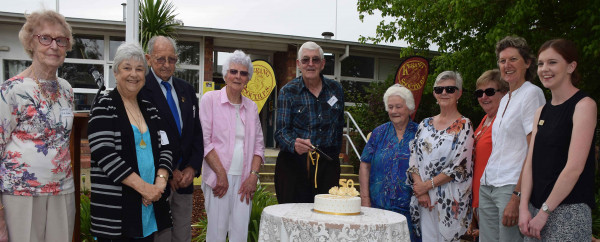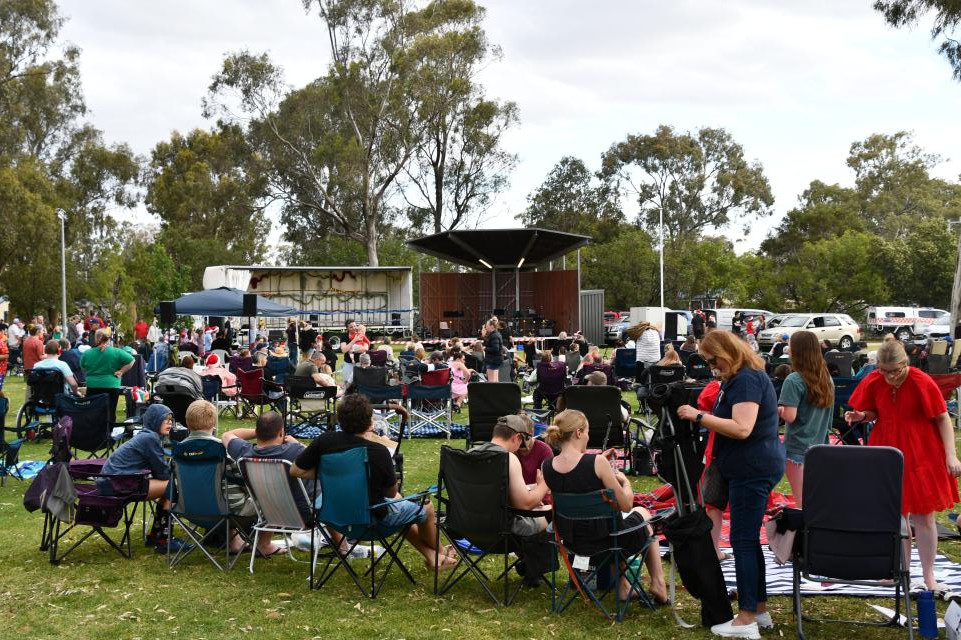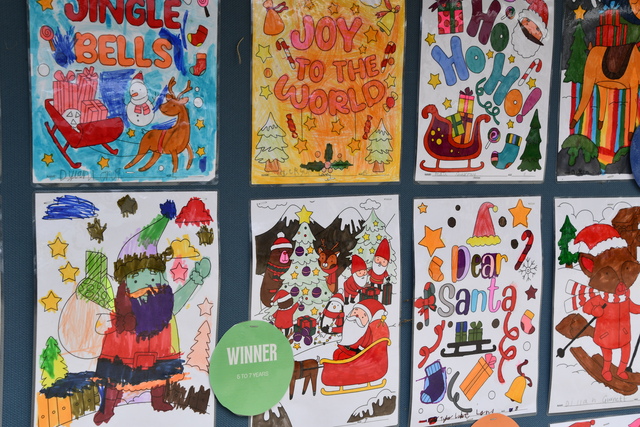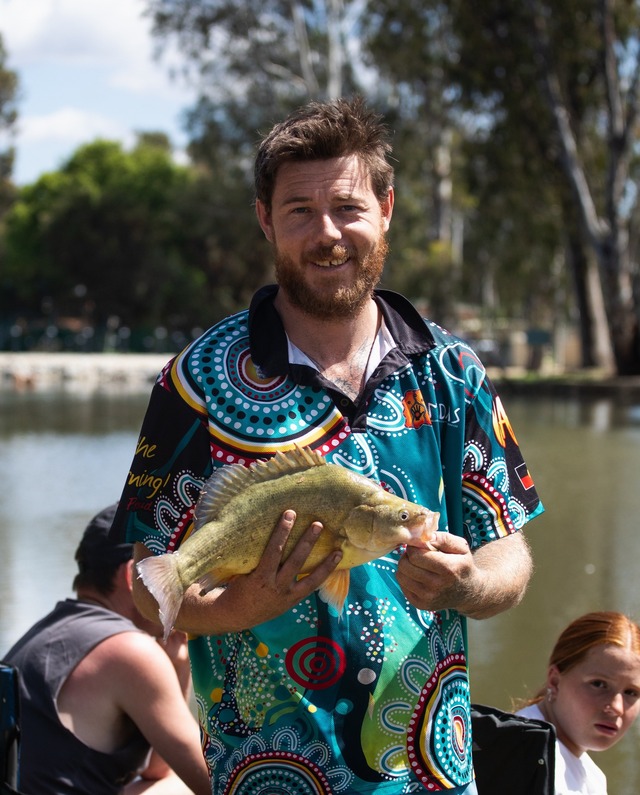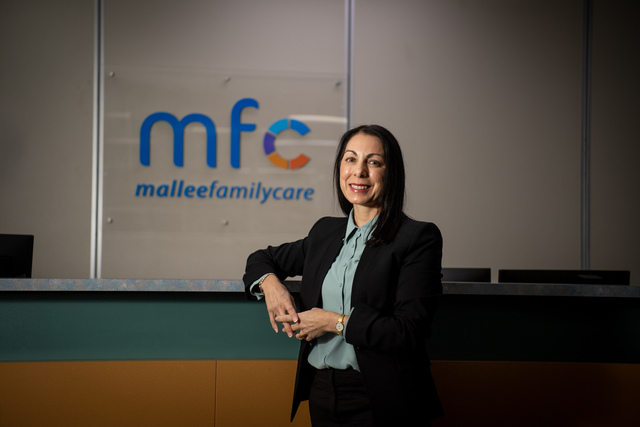
KERANG South Primary School is a special place for many people.
Former teachers, past students and their parents all feel a connection to the place of learning.
They are joined by the current cohort of parents and their children and today’s teachers.
Fifty years have passed since the second of the town’s Government primary schools was opened for its first 126 students.
Celebrations at the weekend brought past and present together to reflect on the school’s history, its growth and achievements spanning half a century.
One person who has been at the school for more than half that time is current principal, Lyn Veall, who said that the school enjoyed a strong reputation for education achievements and also its sense of community.
“It’s what we here call ‘the vibe’,” she said.
Ms Veall was “sent” to the school as a teacher, assigned to a position in the days before teachers could apply for a particular school.
Three former principals attended the official golden anniversary celebrations ceremony: Kevin Reither [1974-1979], Norm West [1983-1986] and Ian Cook [1987-1995]. Ms Veall’s predecessor, Jeff Jackson attended earlier.
School vice-captain Taj Lane, who belongs to the Yorta Yorta people, read the Acknowledgement to Country.
He later assisted Ms Veall, acting school captain Abby Tilley and school captain Oscar Hogg to bury the latest time capsule, scheduled to be opened in 2042.
Taj and Oscar both have parents who attended Kerang South and Abby’s father teaches at the school.
The school memorabilia display included records buried in the silver jubilee time capsule 25 years ago.
Three families – Maconachie, Robertson and Wilkinson – have had three generations as students and a number of others have had two generations educated at the Mitchell Street school.
Mr Reither recalled arriving to inspect his future school amidst pouring rain and flooding.
There were six classrooms, limited gardens and no houses on the other side of the street.
“I taught as well, so my [principal’s] room, I never got to be in it,” he said.
“There was heaps of space, the oval was huge, so we had ‘free-range’ kids”.
Reading, writing and mathematics was the staple for learning and there was little in technology education.
“When you look at the school, nothing’s changed; but everything’s changed,” he said.

